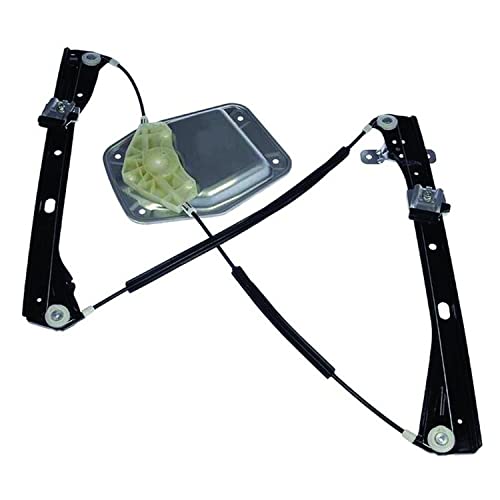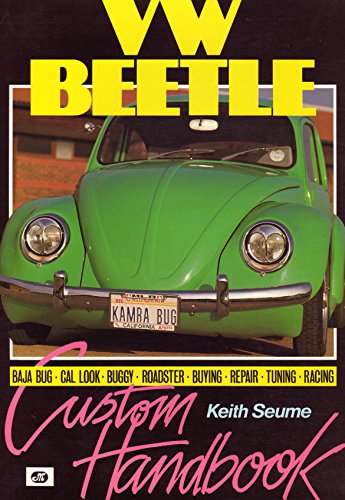Davydomes
Well-known member
Yes - that old chesnut :roll:
I have tried to get some clarity on the above from the archive but I seem to be getting more confused :?
We have inherited with our bus a 6 Rib Box. Next year we are gonna upsize from 1600 with stock box to 1776 with the 6 rib. We also have twin Webber 34 ICT's available to use. The question is which Cam to go for. I read 100 is good for hills etc and initial pulling. But 110 is better for cruising at higher speeds. Does one suit a 6 Rib better than the other?
Any experience, recommendations or feedback from the members for either Cam set up with a 1776 would be most welcome. Especially with a 6 Rib box.
I have tried to get some clarity on the above from the archive but I seem to be getting more confused :?
We have inherited with our bus a 6 Rib Box. Next year we are gonna upsize from 1600 with stock box to 1776 with the 6 rib. We also have twin Webber 34 ICT's available to use. The question is which Cam to go for. I read 100 is good for hills etc and initial pulling. But 110 is better for cruising at higher speeds. Does one suit a 6 Rib better than the other?
Any experience, recommendations or feedback from the members for either Cam set up with a 1776 would be most welcome. Especially with a 6 Rib box.






























